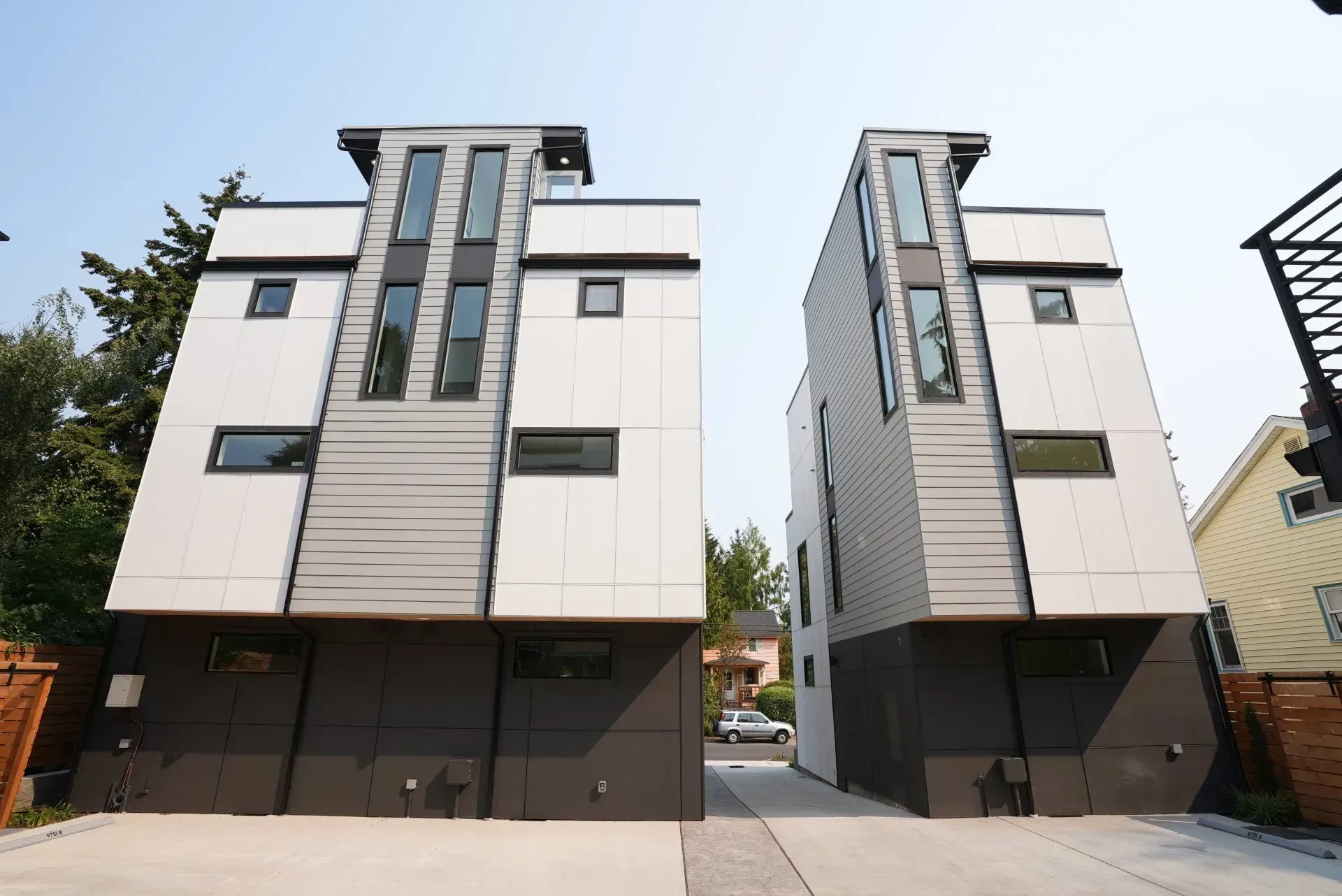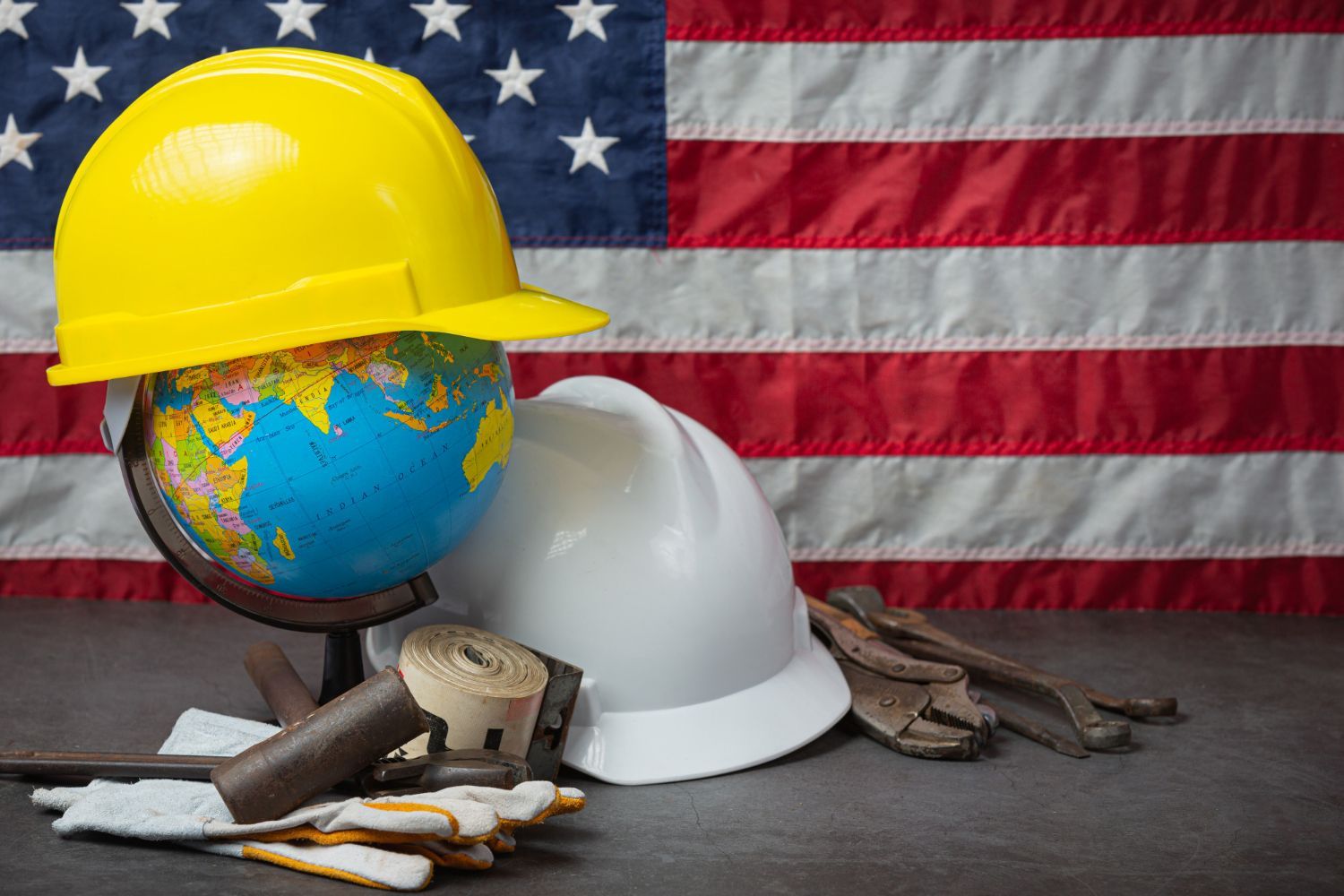Can New Siding Lower Your Energy Bills This Year?
When it comes to home improvements that enhance both the aesthetic appeal and energy efficiency of your property, new siding is often an overlooked option. While siding can dramatically improve the curb appeal of your home, it can also help lower your energy bills. In this article, we’ll explore how replacing old siding can lead to cost savings and increased comfort inside your home.

What Is Siding and Why Does It Matter?
Siding is the outer material that covers your home's walls, serving both a protective and decorative function. Over time, siding can wear down due to weather exposure, UV rays, and physical damage. When siding becomes worn out or damaged, it can lose its insulating properties, which may result in higher heating and cooling costs.
For homeowners living in Seattle, where the climate is often damp and rainy, hiring professional siding contractors Seattle is a smart choice. These experts can recommend siding materials that are durable and weather-resistant, such as fiber cement or insulated vinyl, to protect your home from moisture and maintain optimal insulation. Proper installation ensures that your siding will effectively prevent heat loss in the winter and keep your home cooler in the summer, ultimately reducing energy consumption and lowering utility bills.
How Does New Siding Lower Energy Bills?
Improved Insulation
Modern siding materials, especially insulated siding, offer superior thermal resistance compared to older or damaged siding. Materials like foam-backed vinyl siding or fiber cement with an insulating layer help maintain a consistent indoor temperature by preventing air leakage. This reduces the strain on your heating and cooling systems, allowing them to operate more efficiently.
Better Air Sealing
New siding installation often includes the addition of new weatherproofing materials, such as house wrap or caulking, that seal any gaps or cracks in the exterior walls. These barriers prevent drafts and moisture from entering the home, which can make a significant difference in the overall energy efficiency of your home.
Reflective Technology
Some modern siding options come with reflective coatings that can help bounce sunlight away from the home. This helps reduce the heat absorbed by your home’s exterior, especially in warmer climates. By reflecting solar radiation, your home stays cooler in the summer months, reducing the demand on air conditioning systems.
Energy Star Certified Siding Materials
Many siding products are now Energy Star certified, meaning they meet strict energy efficiency standards. These materials are designed to improve your home’s insulation and reduce overall energy consumption. By investing in Energy Star-rated siding, you not only enhance your home’s energy efficiency but also help reduce your carbon footprint.
Types of Siding That Can Help Lower Energy Bills
Vinyl Siding with Insulation
Vinyl siding has become one of the most popular siding options due to its affordability and low maintenance. When paired with a foam insulation layer, vinyl siding can significantly improve the thermal performance of your home. The foam acts as an additional barrier against heat transfer, making it an excellent choice for those looking to lower their energy bills.
Fiber Cement Siding
Fiber cement is another durable siding material that offers great insulating properties. While it’s heavier than vinyl, fiber cement can be a great option if you want a natural look, such as wood or stone. It helps keep your home cool in the summer and warm in the winter, contributing to energy savings over time.
Wood Siding with Insulation
For homeowners who prefer a more natural aesthetic, insulated wood siding offers both beauty and energy efficiency. When treated with appropriate sealants and paired with high-quality insulation, wood siding can provide excellent thermal resistance, preventing air from escaping and improving the overall comfort of your home.
Metal Siding
Metal siding, such as aluminum or steel, is highly durable and resistant to harsh weather. While metal itself may not have the same insulation properties as other materials, it can be combined with foam insulation or other advanced products to improve its energy efficiency.
Additional Benefits of Installing New Siding
Aside from lowering your energy bills, new siding provides several other valuable benefits that contribute to the overall health and appearance of your home. Here’s a closer look at some of these advantages:
Enhanced Curb Appeal
The exterior of your home is the first thing people notice, and having fresh, modern siding can make a significant difference in the way your home looks. Whether you’re looking to give your home a more contemporary appearance or want to restore its original charm, new siding can dramatically transform its exterior. With so many materials and colors available, you can choose an option that perfectly matches your style.
If you’re living in Seattle, hiring a professional siding contractor in Seattle, is a smart move—they can recommend siding materials that stand up to the city’s rainy, damp climate while enhancing your home’s aesthetic. This upgrade not only makes your home more attractive but can also help your house stand out in your neighborhood. If you plan to sell, improved curb appeal can help attract potential buyers and increase the sale price of your home.
Protection from the Elements
Your siding acts as the first line of defense against the elements. Over time, older siding can deteriorate, leaving your home vulnerable to weather damage. New siding materials, such as vinyl, fiber cement, or metal, are engineered to withstand harsh weather conditions like rain, snow, and extreme temperatures. These materials provide a strong protective barrier against moisture, preventing water from seeping into your home’s structure, which can lead to rot, mold, and costly repairs. Additionally, new siding is designed to handle UV exposure better, preventing fading and preserving the color of your exterior. Whether you live in an area prone to heavy rain, intense sunlight, or freezing temperatures, new siding can offer peace of mind knowing your home is well-protected.
Increased Home Value
Investing in new siding is an investment in your home’s overall value. Homes with updated siding not only look more appealing but also tend to sell faster and for a higher price. Potential buyers often see new siding as a sign that the home has been well-maintained and that they won’t need to worry about costly repairs or replacements in the near future. Additionally, homes with energy-efficient siding, such as insulated vinyl or fiber cement, may attract environmentally-conscious buyers who are looking for ways to reduce their energy consumption and carbon footprint. If you plan to sell your home in the future, installing new siding is a cost-effective way to boost its resale value and appeal to a broader range of buyers.
Low Maintenance
One of the most significant advantages of modern siding materials is their low maintenance requirements. Traditional siding materials, like wood, require regular painting, staining, and sealing to keep them looking good and functioning well. In contrast, newer materials like vinyl, fiber cement, and metal siding are designed to require very little upkeep. For example, vinyl siding resists fading and does not need to be repainted, while fiber cement siding is rot-resistant and only needs occasional cleaning. This low-maintenance quality saves you time, effort, and money on repairs and upkeep, allowing you to enjoy a beautiful home exterior without the hassle of constant maintenance.
When Should You Replace Your Siding?
Knowing when to replace your siding can help you avoid unnecessary energy costs and prevent further damage to your home’s structure. Here are some signs that it’s time to invest in new siding:
Your current siding is cracked, warped, or showing signs of significant wear.
Over time, siding can become damaged due to exposure to weather, pests, or natural wear and tear. Cracks, warps, and holes not only look unsightly but can also compromise the effectiveness of your siding’s insulation properties. Damaged siding allows air to leak into your home, making your heating and cooling systems work harder and leading to higher energy bills. If your siding is visibly damaged or starting to deteriorate, it’s a clear sign that replacement is necessary.
You’re experiencing increased energy bills and suspect air leaks or poor insulation.
If you’ve noticed a sudden spike in your energy bills, your siding might be to blame. Worn or outdated siding, especially if it lacks proper insulation, can allow air to escape from your home, making it harder to maintain a comfortable temperature inside. If you’re feeling drafts near your walls or noticing that your HVAC system is running more often than usual, replacing your siding can help improve your home’s energy efficiency. Modern, insulated siding materials can provide the added insulation your home needs to stay comfortable year-round.
You want to enhance the aesthetic appeal of your home while improving energy efficiency.
If you’re looking for a way to boost your home’s appearance while also making it more energy-efficient, new siding is an excellent solution. The right siding can complement your home’s architecture and give it a fresh, updated look. At the same time, many modern siding materials offer enhanced insulation properties that can reduce your heating and cooling costs, improving both your home’s appearance and its energy efficiency. If you’re looking for a home improvement project that offers both aesthetic and functional benefits, new siding is a smart choice.
You notice drafts or discomfort in certain areas of your home due to poor insulation.
If certain areas of your home feel uncomfortable—either too hot in the summer or too cold in the winter—poor insulation may be the cause. Over time, old or damaged siding can lose its ability to insulate properly, allowing air to leak into your home. This can result in uneven temperatures and discomfort in specific rooms. Replacing your siding with an energy-efficient option can help seal those gaps and provide consistent comfort throughout your home, no matter the season.
By considering these factors, you can determine whether it’s time to replace your siding and start reaping the many benefits, including lower energy bills, improved comfort, and increased home value.
Conclusion
If you’re looking for a home improvement project that can help lower your energy bills, new siding is an excellent option. Whether you choose insulated vinyl, fiber cement, or another energy-efficient material, replacing your old siding with a high-performance option can provide long-term savings and increased comfort. Not only will your home be more energy-efficient, but it will also have enhanced curb appeal and value.
If you’re in Seattle, working with experienced siding installers in Seattle ensures your siding is installed properly, maximizing its energy-saving benefits and durability. By investing in new siding, you’re making a smart choice for both your home’s appearance and your energy consumption. Ready to upgrade your home’s exterior and start saving on your energy bills? Consult with a professional contractor to explore your siding options today!
We Offer All the Services You Need in One Place! We Will Save You Time and Money!
Call Us at (425) 521-7916 Now to Get a Free Estimate or a Free Consultation for Any of Our Services!



